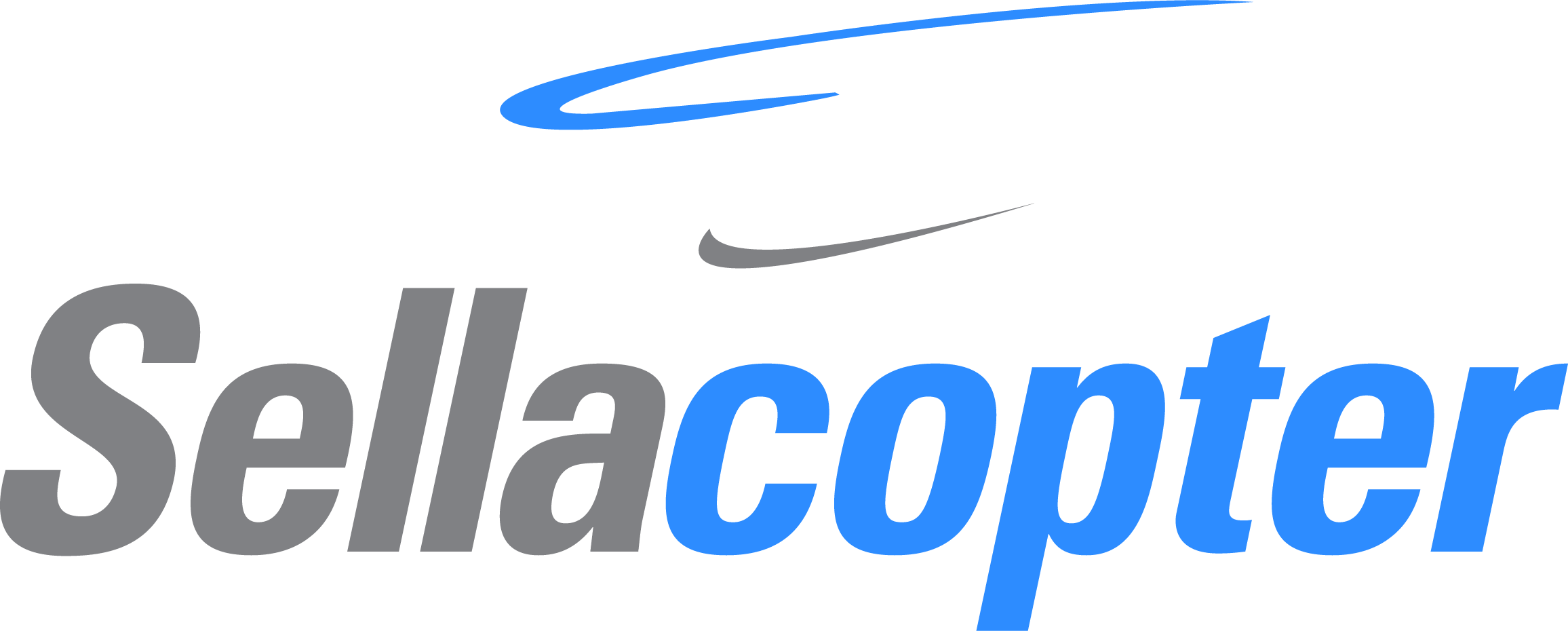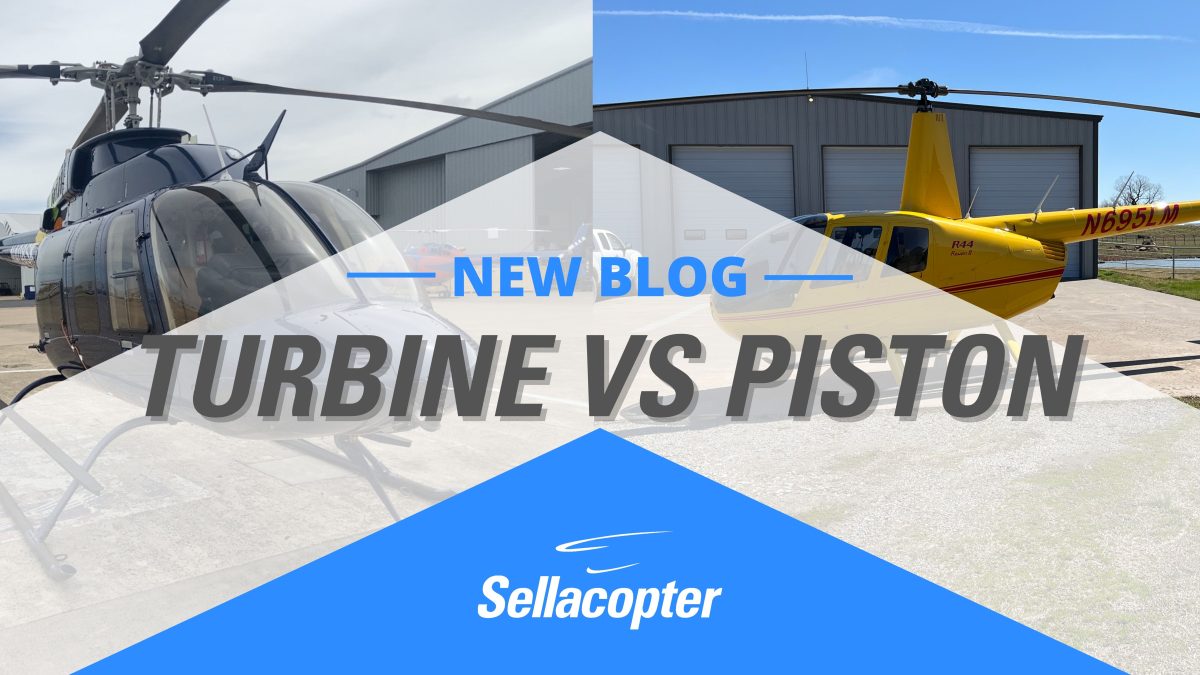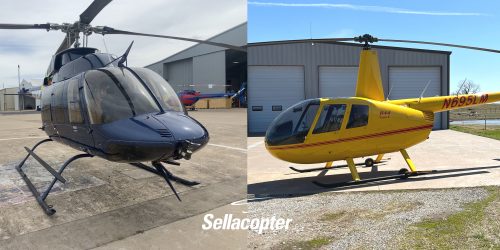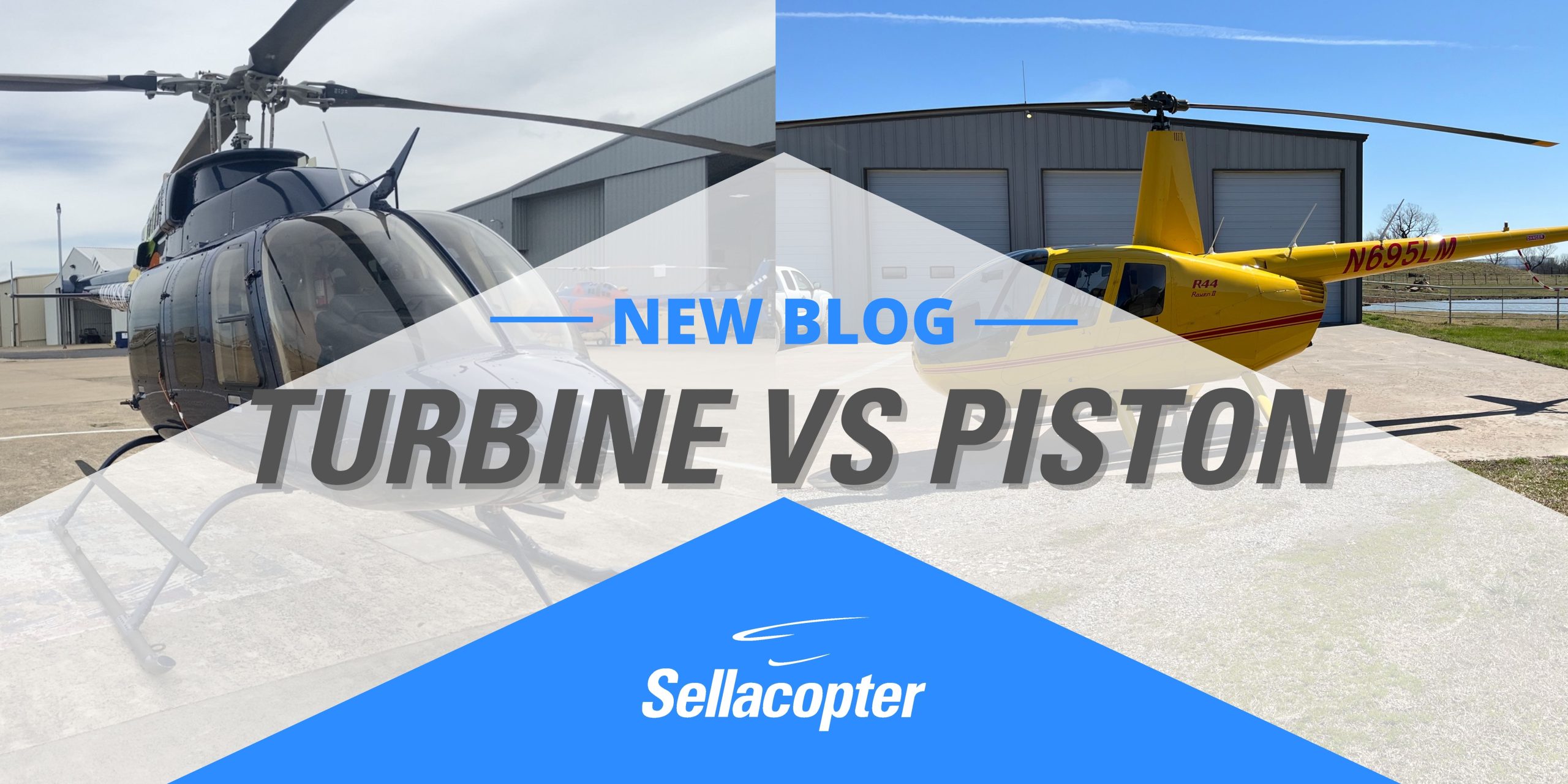- Sellacopter - List it. Sell it. Done.
- 1-855-SELLACOPTER


Turbine vs Piston Helicopters
Thinking of upgrading from a piston to a turbine helicopter?
Four factors to consider when upgrading from a piston to a turbine helicopter.
Piston and turbine helicopters are the two variants of helicopters today – that is, until someone decides to create an electric version!
The main difference between the two helicopters is the engine type. Piston helicopters have a reciprocating engine, which means power is transmitted from either a four- or six-cylinder engine, similar to most land vehicles. Turbine helicopters have a gas turbine engine, where compressed air is ignited that turns a series of turbine wheels and is reduced to optimal rotor RPM via the transmission.
Though the two variants have similar flight characteristics, a piston helicopter allows more room for error since you do not need to worry about over-temping and/or accidentally pulling too much power and causing an over-torque. An over-temp, or pulling too much torque (power) in a turbine helicopter, can lead to hundreds of thousands of dollars in damage.
Piston helicopters are typically less expensive to operate than turbine helicopters, but they may not have the same performance or fuel efficiency. However, piston helicopters offer several advantages over turbine helicopters, such as more forgiving flight characteristics and lower noise levels.
The choice between a piston helicopter and a turbine helicopter depends on the needs and preferences of the individual pilot/operator. There are four main factors you’ll want to consider when deciding whether to upgrade from a piston to a turbine helicopter.
Cost: The cost of entry to own a piston helicopter is typically less than the cost of a turbine. In addition to entry cost, turbine aircraft typically have a higher hourly operating expense, which is usually dictated by maintenance and insurance costs.
Performance: Piston helicopters have a shorter range and overall less power margin when carrying passengers or cargo. Turbine helicopters have superior performance, due to a higher power output. More importantly, turbine engines cope better with the 4 H’s: heavy, hot, humid, and high-altitude environments. All helicopters are power limited, especially when operating near gross weight or other performance factors, but the margin of power is much greater in turbine helicopters.

Maintenance: Piston aircraft (i.e., Robinson R44) have serialized components that are on the same time schedule, whereas most comparable light turbine aircraft have components that vary in time before overhaul and calendar life. This makes maintenance tracking more difficult than maintenance tracking of a piston helicopter. In addition to tracking, turbine helicopters (turbine engines, specifically) will usually leave a larger dent in your wallet due to the increased cost of turbine engine components. That said, Robinson adopted this same practice in their turbine variant, the R66, which makes tracking remarkably similar to its R44 predecessor.
Insurance: The key factor to consider is the insurance cost and your ability to even get insurance, as turbine helicopter underwriting has become extremely strict. Prior to considering the transition from piston to turbine, you should have at least 300 hours total helicopter time and approximately 25-50 hours of turbine helicopter experience. At that point, you are most likely insurable. However, you would need to do an insurance-approved turbine transition in addition to 25-50 hours with a flight instructor in order to operate as a PIC.
So, what does this all mean for you? If you’re considering upgrading from a piston helicopter to a turbine helicopter, be sure to look at the cost of ownership and operation. Piston helicopters are typically less expensive to purchase and operate, but they may not have the performance or range that you need. Turbine helicopters are more powerful and efficient, but they’re also more expensive to maintain and own. Ultimately, the best decision for you will come down to your specific needs, budget, and your willingness to take on the new responsibilities of turbine ownership.
And finally, if you want the support of our team here at Sellacopter, let’s chat about your next purchase or sale.
Author: Halsey Schider
